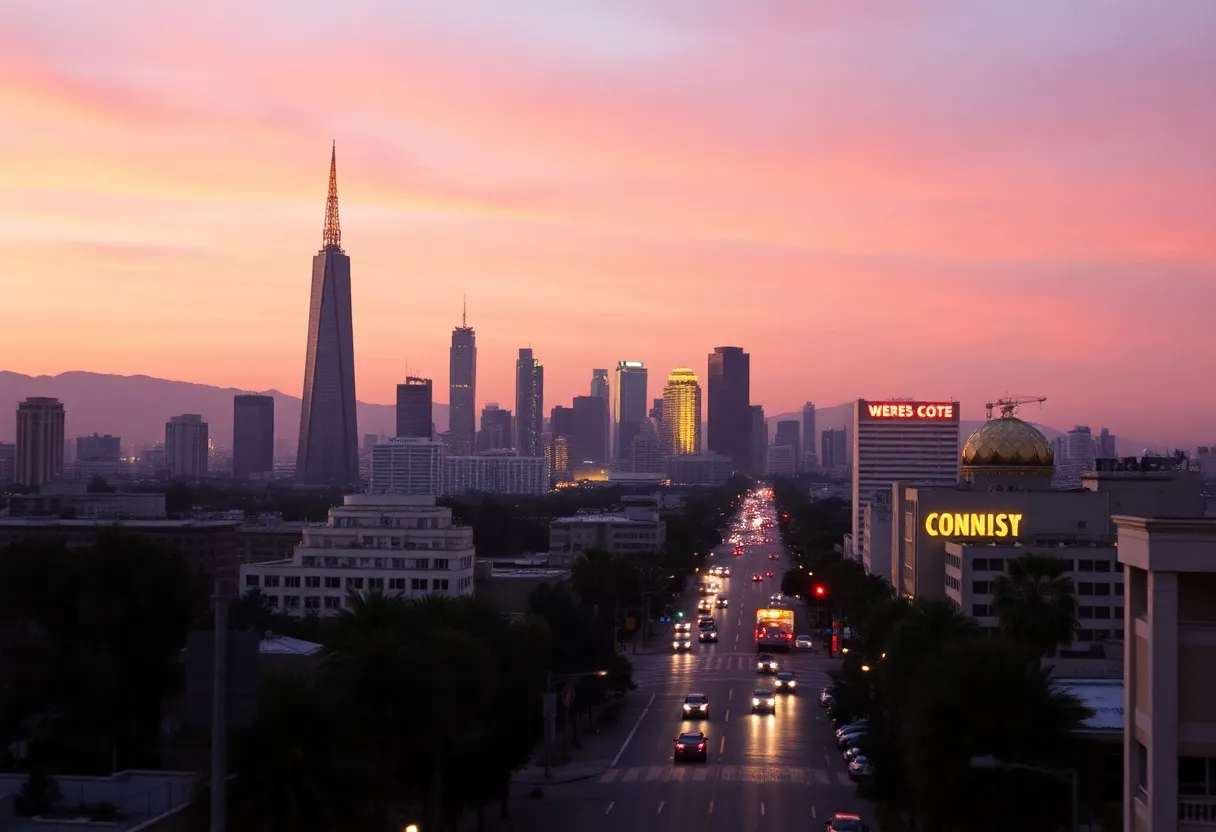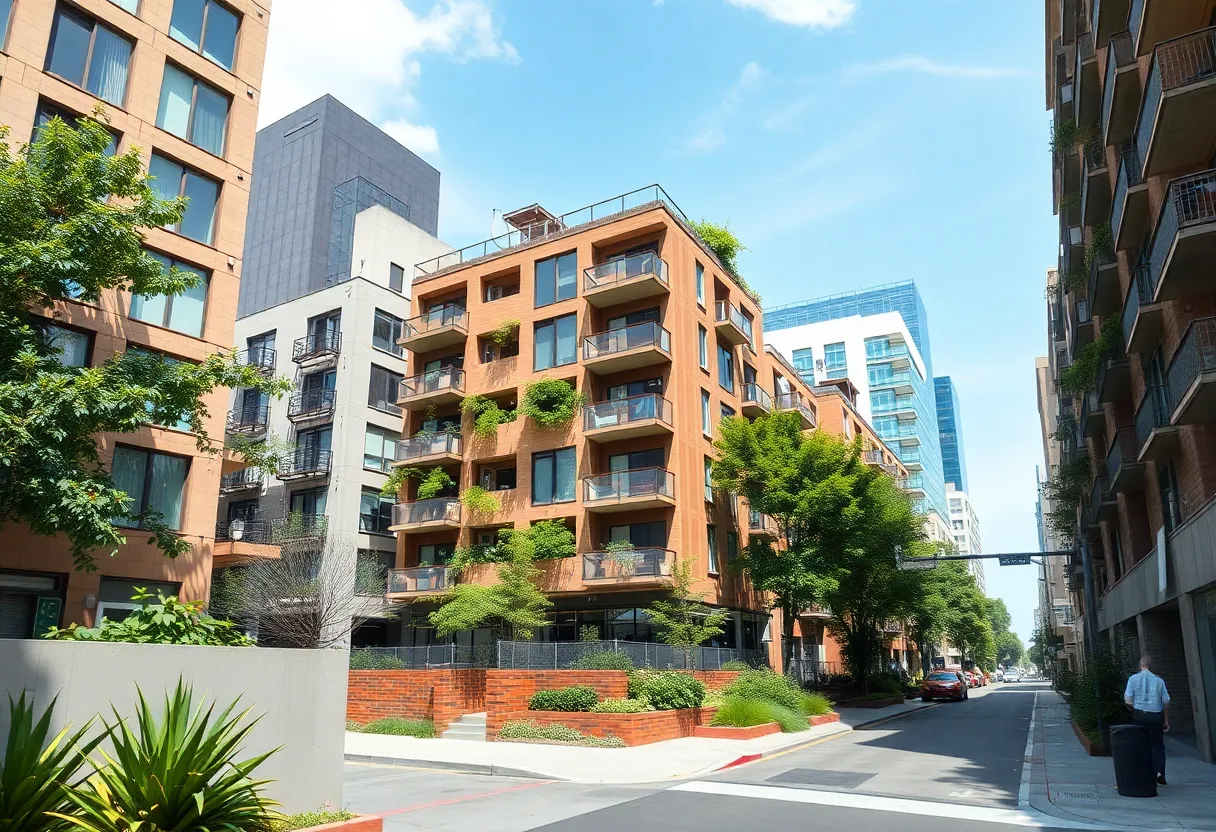News Summary
The cult classic film ‘Miracle Mile,’ originally released in 1988, has seen a revival in Los Angeles thanks to a 2024 restoration by Kino Lorber. Sold-out screenings at venues like the American Cinematheque highlight the movie’s compelling narrative, which examines a love story set against the backdrop of a nuclear threat. Director Steve De Jarnatt’s film captures a nostalgic view of Los Angeles, showcasing iconic locations and exploring themes of love and resilience in crisis. The renewed popularity has reignited interest among both new audiences and longtime fans.
Los Angeles is experiencing a resurgence of interest in the cult classic film Miracle Mile, originally released in 1988. After a meticulous restoration and re-release in 2024 by film distributor Kino Lorber, the movie has drawn sold-out crowds at various venues, including the American Cinematheque and the Academy of Motion Picture Arts and Sciences. This renewed popularity highlights the film’s compelling narrative and its poignant portrayal of a city under the threat of a nuclear strike.
Miracle Mile, which was both written and directed by Steve De Jarnatt, was initially produced on a budget of $3 million. Upon its original release, the film did not achieve significant box office success. However, over the years, it has developed a dedicated following, gaining what De Jarnatt describes as “cult status.” The film showcases a distinctive affection for a specific part of Los Angeles, focusing on Wilshire Boulevard between La Brea and Fairfax Avenues. Key locations featured throughout the movie include iconic landmarks such as May Co. and Orbach’s department stores, which have since transformed into cultural sites like the Academy Museum of Motion Pictures and the Petersen Automotive Museum.
At the heart of Miracle Mile is a narrative that unfolds in just 24 hours, starting as a lighthearted romance. The story centers around Harry Washello, played by Anthony Edwards, a struggling trombone player who plans to meet waitress Julie Waters, portrayed by Mare Winningham, after her shift at Johnnie’s Coffee Shop. Their burgeoning love story takes a drastic turn when Harry accidentally intercepts a call that informs him of an impending nuclear missile strike on Los Angeles. As chaos envelops the city, the couple strives to salvage their romance amidst the crisis.
The film’s emotional peak is characterized by its bittersweet ending, which emphasizes the enduring significance of love, even in the face of potential devastation. The narrative underscores the resilience of Los Angeles residents, who are shown to be working towards creating an inclusive city amid various crises. Commentary from acclaimed author Janet Fitch remarks that the film captures “the kind of apocalypse that L.A. people imagine,” further cementing its status as a reflection of the city’s cultural psyche.
Notably, many of the locations depicted in Miracle Mile have either changed dramatically or ceased to exist. The Park La Brea towers and Johnnie’s Coffee Shop have remained landmarks, with the latter now primarily serving as a backdrop for film and television productions. The film’s attention to these locales offers viewers a nostalgic glimpse into Los Angeles in the late 1980s, a city on the brink of transformation.
The burgeoning connection between Edwards and Winningham off-screen has also contributed to the film’s allure. Although they were both married to other people during the film’s release, they developed a close friendship that ultimately blossomed into a romantic relationship, culminating in their marriage in 2021. Their personal story adds an additional layer of depth to the film’s theme of love, particularly within challenging circumstances.
With the successful restoration, audiences are once again engaging with Miracle Mile, allowing both new fans and longtime admirers to experience the film’s unique blend of romance and impending disaster. As it continues to be showcased in theaters and celebrated by viewers, the film stands as a testament to the power of storytelling in the face of adversity, reaffirming its place in cinematic history.
Deeper Dive: News & Info About This Topic
HERE Resources
Additional Resources
- Los Angeles Times: Miracle Mile Depicts the Kind of Apocalypse That L.A. People Imagine
- AOL: Miracle Mile Depicts the Kind of Apocalypse
- Beverly Press: Towering Trees Return to Miracle Mile Medians
- Commercial Observer: LA County Lease at SAG-AFTRA Plaza Office
- Business Wire: Miracle Mile Co. Announces Re-Entry Into Third Party Property and Asset Management Services
- Wikipedia: Miracle Mile (film)
- Google Search: Miracle Mile Film
- Google Scholar: Miracle Mile
- Encyclopedia Britannica: Miracle Mile
- Google News: Miracle Mile

Author: STAFF HERE HOLLYWOOD
The Hollywood Staff Writer represents the experienced team at HEREHollywood.com, your go-to source for actionable local news and information in Hollywood, Los Angeles County, and beyond. Specializing in "news you can use," we cover essential topics like product reviews for personal and business needs, local business directories, politics, real estate trends, neighborhood insights, and state news affecting the area—with deep expertise drawn from years of dedicated reporting and strong community input, including local press releases and business updates. We deliver top reporting on high-value events such as the Hollywood Bowl summer concerts, the Hollywood Christmas Parade, film premieres at TCL Chinese Theatre, and festivals at the Magic Castle. Our coverage extends to key organizations like the Hollywood Chamber of Commerce and Visit Hollywood, plus leading businesses in entertainment, dining, and tourism that define the local economy. As part of the broader HERE network, including HERELosAngeles.com, HEREBeverlyHills.com, HEREAnaheim.com, and HEREHuntingtonBeach.com, we provide comprehensive, credible insights into Southern California's dynamic landscape.





